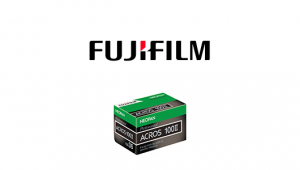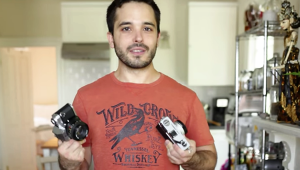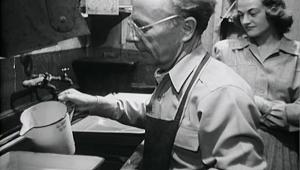Could you give a possible time frame for the saltwater fixer? Also, when you say it takes a lot of salt water; how much about would that be? Do I need to change the salt water? I did the other steps in a thermos, about 1 ltr maybe 1.5 ltr. Would that also be enough salt water? Thanks, this is all really cool.
Coffee, Tea, Or Vitamin C
Kitchen Chemistry In The Darkroom
A century and a half of research and development in photographic processing technology has given us some mighty fine materials to work with. The ease and speed of processing high quality black and white photos with today's materials is truly amazing. Developing agents with a wide range of capabilities are available from many different manufacturers. Could we ever manage without these commercial chemicals? |
|||
Developer Components 8 oz of water Developing With Vitamins 8 oz of water Film development with either of these concoctions--the coffee brew or the vitamin C mix--is straightforward and simple. And what will you have in the end? A strip of negatives with all the requirements for producing good prints. The negatives may not have as clean and crisp an appearance as you're accustomed to seeing, but don't be deceived. A remarkable level of detail is there, and with a little effort you can generate prints of surprising quality. Try it and see. Simple Stop And Fix Roger Bunting is a chemistry professor at Illinois State University. He is author of a book entitled "The Chemistry of Photography" (www.photoglass.com), and has taught a course in photographic chemistry for many years. |
- Log in or register to post comments


is there a special dose for doing all that?
or enough with an estimate is enough?



















































